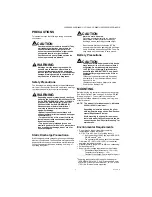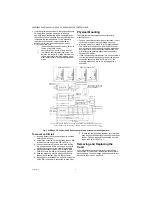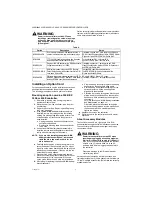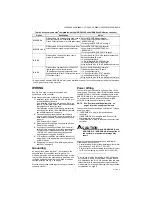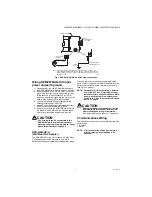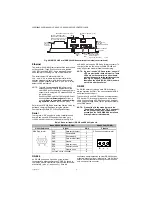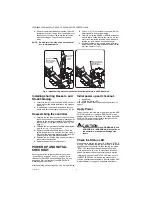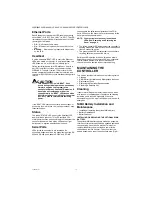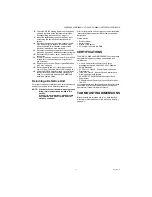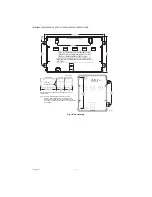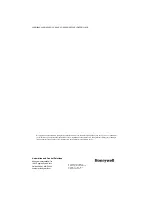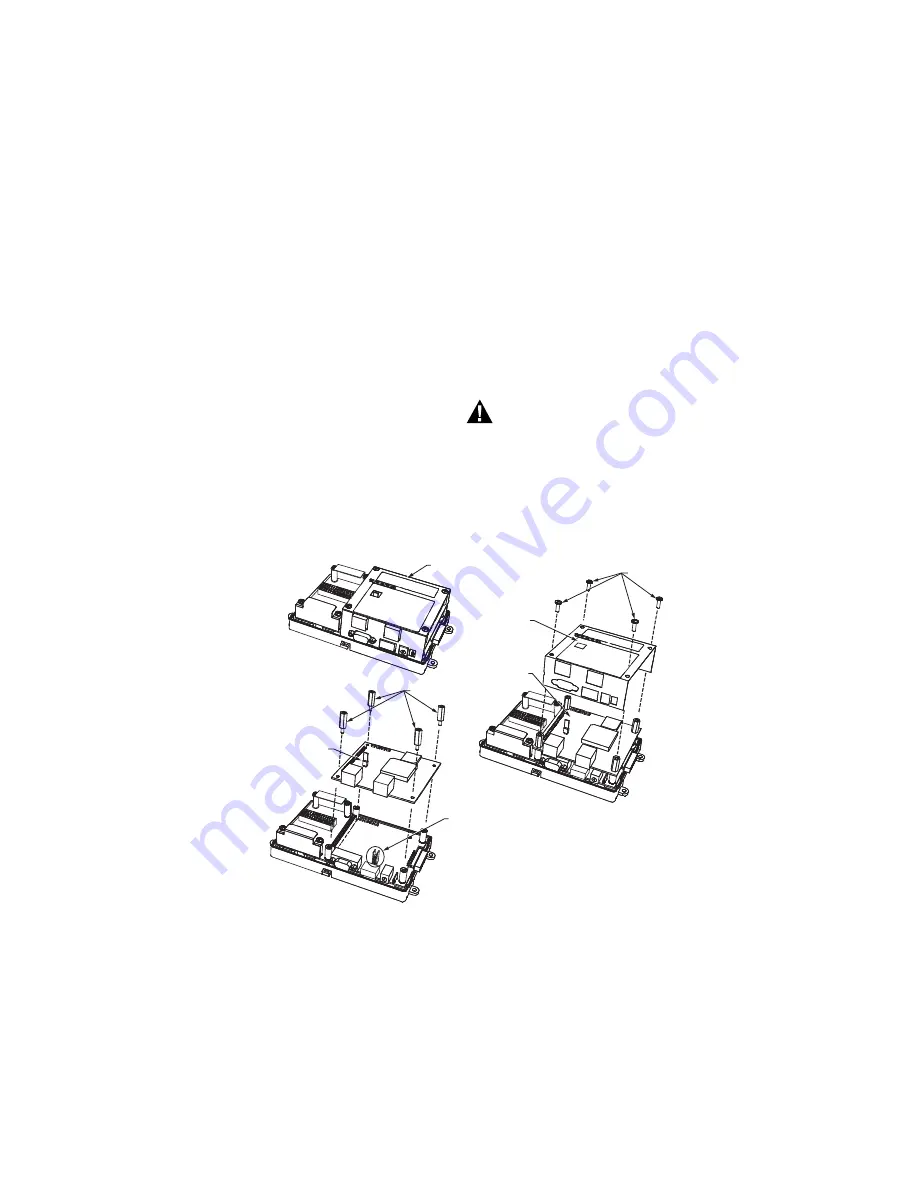
WEB-300E, WEB-600E/U, CP-300E, CP-600E/U SERIES CONTROLLERS
11
31-00010—01
RS-485 Biasing
The RS-485 port on the controller’s base board has a pair
of two-pin jumpers that can be shorted with jumper blocks
to provide “biasing”. As shipped from the factory, these
pins are not shorted, thus the RS-485 port is unbiased.
NOTE: See “Need for RS-485 Bias” before following
the “Adding RS-485 Bias” procedure. In
many cases, the default unbiased RS-485
port is preferred.
Need for RS-485 Bias
NOTE: A full discussion of communication line ter-
mination is beyond the scope of this docu-
ment.
Biasing sometimes improves RS-485 communications by
eliminating “indeterminate” idle states. When you install
two, 2-pin shorting blocks on the controller’s RS-485 bias
jumper pins, this adds two onboard 3.3K ohm resistors
into the controller’s RS-485 circuit, as follows:
• from RS-485 “+” to 5V.
• from RS-485 “-” to Ground.
NOTES:
—
In general, only one device on an RS-485
trunk should be biased. Otherwise, undue
loading of the circuit may result, with fewer
devices supported.
—
RS-485 bias resistors are different than “ter-
mination resistors”, externally installed at the
two physical ends of a daisy-chained RS-485
trunk, across the “+” and “–” terminals. Termi-
nation resistors are typically 100 or 120 ohm
value resistors.
—
Whenever termination resistors are used,
RS-485 biasing is typically required.
Adding RS-485 Bias
To add biasing, you must power off the controller and
remove a few assemblies (such as metal shield and NPM3E
or NPM6E processor module) to access the base board
jumper pins, located behind the RS-485 port. Then you must
reposition the two shorting blocks on these jumper pins.
Then you reassemble the unit by remounting the processor
module, hex standoffs, metal shield, and shield screws.
WARNING
Remove all power from the controller before
working on the unit.
Observe static discharge precautions. See the
“Static Discharge Precautions” section.
If the controller is already installed or mounted, it is
recommended that you remove it first. Then work on a flat,
stable, well-lit work surface.
Fig. 7. Basic stages of controller disassembly.
Disassembling the controller.
1.
Remove all power from the controller. (See previous
Warning).
2.
Remove the plastic cover. See “Removing and
Replacing the Cover” on page 4.
3.
Remove the four Phillips head screws that secure
the metal shield, and set them aside.
PHILLIPS
HEAD
SCREWS
METAL
STANDOFFS
METAL SHIELD
LIFTED AWAY
COVER REMOVED,
REVEALS METAL SHIELD
NPM3E OR NPM6E
PROCESSOR
MODULE BOARD
PROCESSOR
MODULE
LIFTED AWAY
JUMPER BLOCK FOR
RS-485 BIASING
1
2
3
M34995



